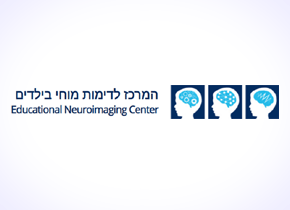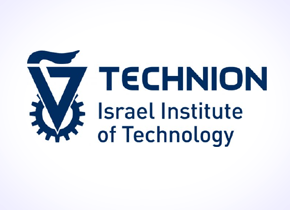
 Project Details
Project Details Award: Wilk award
Award: Wilk award
In the past few years, Human-Computer Interaction (HCI) has been evolved dramatically. A major part of this communication is the visual communication hence what the users looking at. In each of the users interactions, the form of this visual communication method is occurring consecutively and frequently, using the user's sight - which relies on his position relative to the screen, his head pose, and the room's lighting.
The problem of eye tracking is a problem that has been discussed many times in the past, and many studies on the subject have been conducted. These studies have attempted to solve it in many areas: classical computer vision, sophisticated learning machines, and modern utilities. Most of these solutions require dedicated hardware, a lot of data about the users that prevent real-time use, and /or special modern and expensive technologies - not the most convenient platform for domestic and daily use of such eye and gaze tracking devices.
The center for kids' brain imaging, which belongs to the Education, Science and Technology faculty of the Technion, research childrens behaviors in front of the computer screen, and to understand the childs concentration level, his reading rate, and many other different results it will be needed to get the information on the way the child looks at the screen.
For this cause, we have developed a relatively small, simple and fast software, which emphasizes domestic, daily and available use. No special computer or hardware is needed, and as a matter of fact any standard laptop can run it.
Our system is implemented in Python and combines classical means of computer vision with different learning machines algorithms. The system recognizes the users face and characterizes the relevant points in his face, and with the help of these points and various algorithms calculates his head position. The image enters a learning network which is trained to find the gaze direction of the user and with the help of various calculations, we get the resulting pixel the point on which the user is looking at.
In this work we seem to have met our goals and proved that even with the conditions described above similar results can be achieved as in the literature, and we have made the use of special means or heavy expensive calculations redundant, so our system is completely domestic, with an accuracy level of 3 to 4 cm on average, which satisfy our goal.


